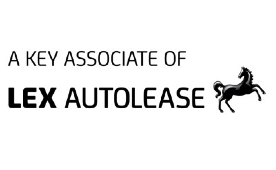The UK and the rest of the world has seen a huge surge in demand in recent years for electric vehicles (EVs), as they become ever more popular with motorists due to their green and cost-saving credentials.
In 2019, 37,850 were registered on UK roads compared to just 15,510 in 2018 according to The Society of Motor Manufacturers & Traders (SMMT). That’s an increase of 144% year on year. With hundreds of models being prepared for release over the next 18 months and beyond, the electric trend is only set to accelerate.
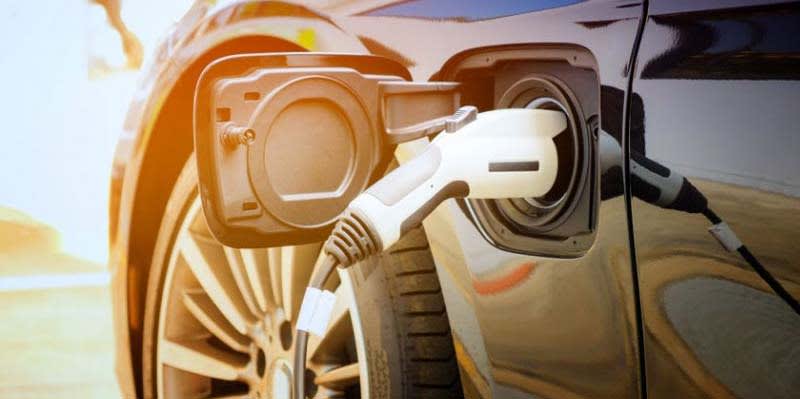
Despite the growth of electric cars, a question continues to plague would-be electric drivers: How long will it take for my EV battery to degrade and need replacing?
They are right to be concerned. In the next couple of years EV owners could see major battery degradation on their vehicles, potentially resulting in a £5,500 bill for a replacement or more on high-performance models.
Select Car Leasing analysed 64 electric cars released between 2012 and 2019 to determine if strides are being made by car manufacturers to improve the battery degradation rates of their vehicles. Select also investigated which current 2019 model has the most durable battery, whether you should go new or used for your electric and revealed top tips on how you can make your EV battery last longer.
The Nissan Leaf: The Electric Car Guinea Pig
The Nissan Leaf first arrived in the UK in 2011. Not only was the Leaf the first all-electric car to go on sale in the country, it’s also one of the most family friendly, competing with the likes of the Vauxhall Astra, Ford Focus and Renault Megane. Some would say this made the car a guinea pig, both testing the appetite of the UK car market for electric vehicles, and also putting electric car technology firmly in the spotlight in front of judgemental motorists.
Of course, like any technology when it’s in its infancy, things don’t always go according to plan. Some of the lithium-ion batteries in the first commercially available EVs suffered greatly from battery degradation and the Nissan Leaf was no different. As the data below shows, the 2013–2015 models of the Leaf are currently down to around 80% of their full battery capacity.
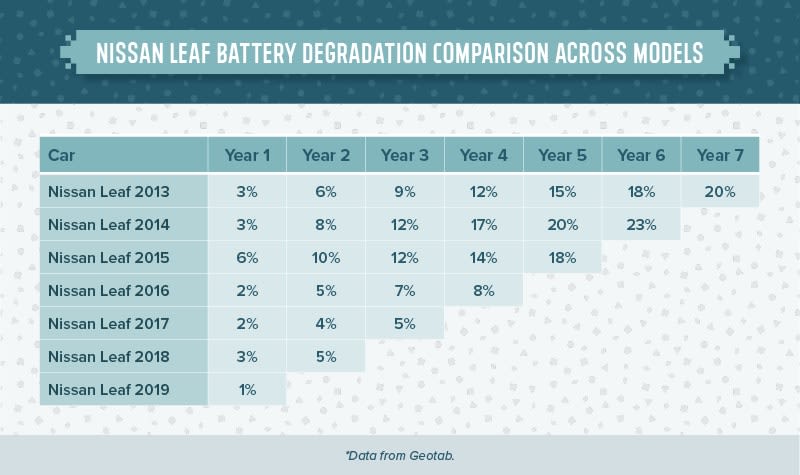
The 2015 model lost 6% of its battery capacity in the first year alone, while the 2014 model is a shocking 23% down in year 5. This is all the more worrying considering that the Leaf only comes with an eight-year, or 100,000-mile warranty. After that time, it will be left to owners to fork out the cash for a new one. Indicative of the advancement of new electric models, those figures look much more favourable for the 2017 model, which is down a conservative 5% in year 3 and the 2019 model which saw just a 1% reduction in performance over the first year.
Modern Improvements In Battery Capacity Retention
To find out if the trend of huge improvements in battery capacity retention rates, evident in the Nissan Leaf, is the same across the board, Select Car Leasing analysed the year 1 capacity percentages of some of the world’s favourite EV cars. Comparing the findings below to the 6% loss of capacity within the first year for the Nissan Leaf 2016 model, we can see that even the Mitsubishi Outlander PHEV, which lost the most battery capacity on our list, was less than 4% down in the first year. That’s around 2% less that the Nissan Leaf over the same period.
Naturally, Tesla's range features prominently in our top 10 with the Model 3, X and S losing a meagre 1% capacity over the first year. However, it’s bad news for Volkswagen as their flagship e-Golf and Golf GTE models slump to the bottom 10. This is surprising considering the car brand’s reputation for high quality and efficiency, but could be reversed in the coming years as VW prepare the 'iD' electric range for worldwide release.
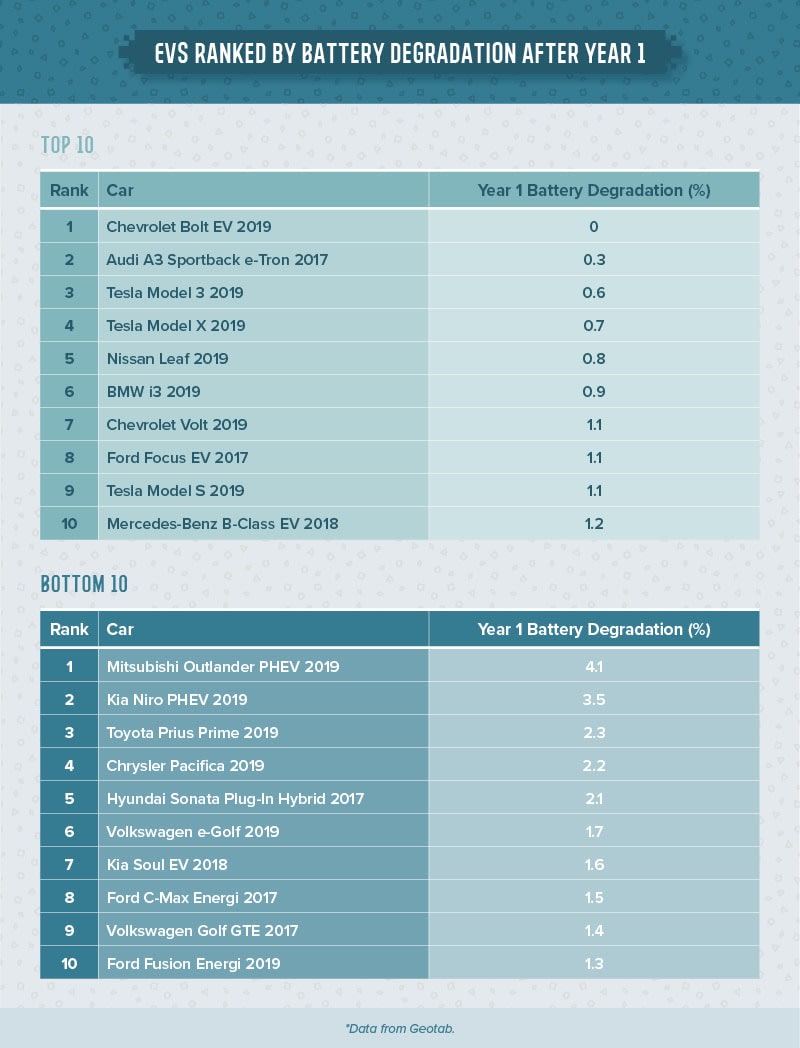
Overall, since the early days of electric cars, there has been a marked improvement in the ability of EV batteries to resist degradation. If you’re looking for a new car in 2020, we've analysed latest models and their proven battery degradation rates to help you decide which one to go for.
The Best New Cars in 2020 For Battery Capacity Retention
If you’re on the lookout for a new electric car, Select Car Leasing have picked out 13 of the latest models released on the market and their total battery capacity percentage to help you make the right choice. Amazingly, the 2019 Chevrolet Bolt still retains its full battery capacity after year 1, a rarity even in 2020. Other cars to consider with battery degradation in mind are the Nissan Leaf and BMW i3.
On the other hand, the current Mitsubishi Outlander PHEV battery capacity degrades by 4.1% within the first year on the road, making it more likely to be susceptible to losing further capacity in the years to come. Strangely, with all of Toyota’s experience as a manufacturer of electric cars and hybrids, their new Prius Prime comes in at a modest 11th place on our list. Considering that Toyota was an early mover in this space, you would consider this a poor performance
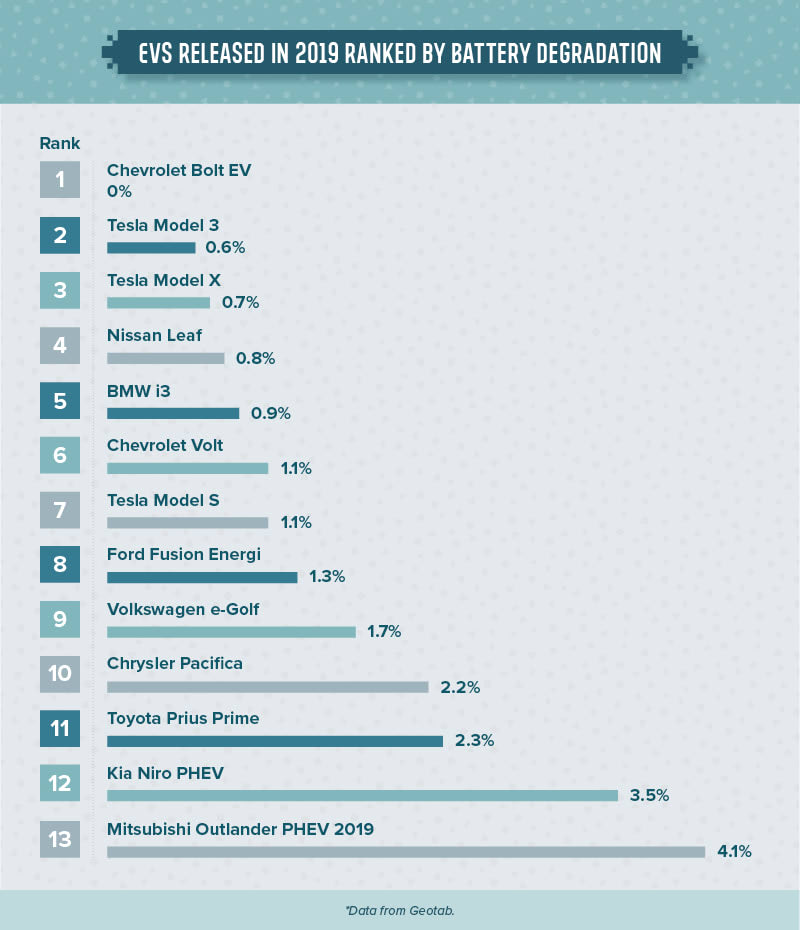
What is the best deal? New or Used?
Although the brand-new electric cars on the market continue to show increasing battery capacity retention rates, what about cars that are four or five years old? Should you still purchase one if you’re looking to try electric cars for the first time, or your working within a budget?
There really is no easy answer, but the truth is that driving new when it comes to electric is a huge advantage due to the rapid advancement of technology, range and battery capacity. The rate of change in the electric industry and the widening gap between the newer models and those released just three or four years ago, means the second hand electric market isn't flourishing in the same way it is for traditional petrol and diesels. On top this, most manufacturers offer eight-year, or 100,000 mile warranty periods. This means that if the capacity of the battery was to degrade during that period to an unusable state, the car manufacturer would replace it free of charge. The problem arises when that period has ran out and the cost of the replacement is passed on to the owner, leaving some second hand buyers in a sticky situation taking the hit of an expensive battery replacement.
While buying second hand represents good value for money if you're looking to try out an electric car without forking out a large outright sum, there is plenty of other finance options you can pursue if you want to drive an electric car, without needing to empty the piggy bank. These include methods such as leasing and PCP which require monthly fees for a fixed period, while still allowing you to drive a car at the forefront of electric technology.
Below, Select Car Leasing worked out the cost of each car to buy in 2020 compared to the capacity of the battery it currently holds. Our figures show the cost of each vehicle per percentage of its battery’s capacity.
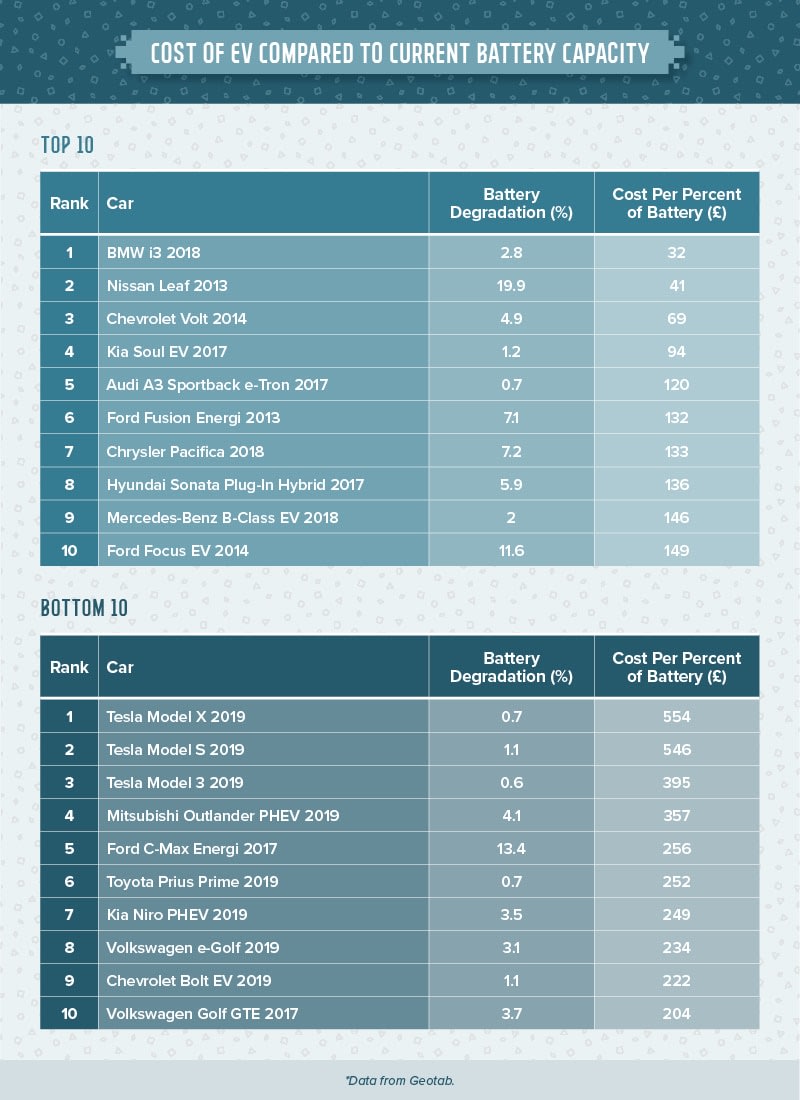
Although the evidence shows that car batteries continue to increase in quality, it’s still important that you practice some safety tips to keep your battery performing at its peak efficiency for as long as possible, especially if you buy a used car.
How Do I Keep My EV Battery Healthy?
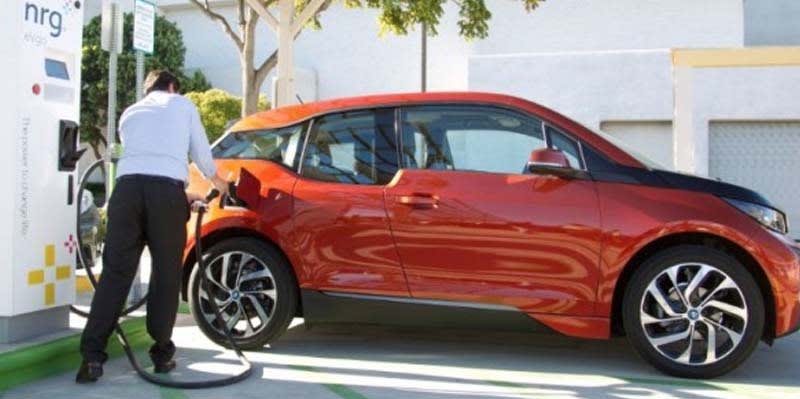
If you do end up buying a second-hand electric car, fear not. Just because the car isn’t fresh out of the showroom, it doesn’t mean that you will run into battery degradation problems any time soon. According to the Union Of Concerned Scientists (UCS), there are three main things you can do to maximise the life of your EV battery:
• Limit DC fast charging, particularly in cold weather.
• Don’t drain the battery down to zero and try to store the vehicle at an average charge level between 25% and 75%.
• While we still can’t control the weather, avoid parking the car for long periods in extreme heat.
“Daily or even heavy use (i.e. cycling) doesn’t necessarily translate to accelerated degradation, so drive on! And don’t worry – most batteries will probably outlast the life of the vehicle.” according to the UCS.
However, if you want to do your bit for the environment and drive an EV, but would rather never worry about EV battery degradation, why not lease an electric car and get a new one every three or four years? Visit the Select Car Leasing Buyers Guide to help you make up your mind, or visit our hybrid & electric cars deal page if you already have your heart set on a new Jaguar I-Pace or BMW i3.








